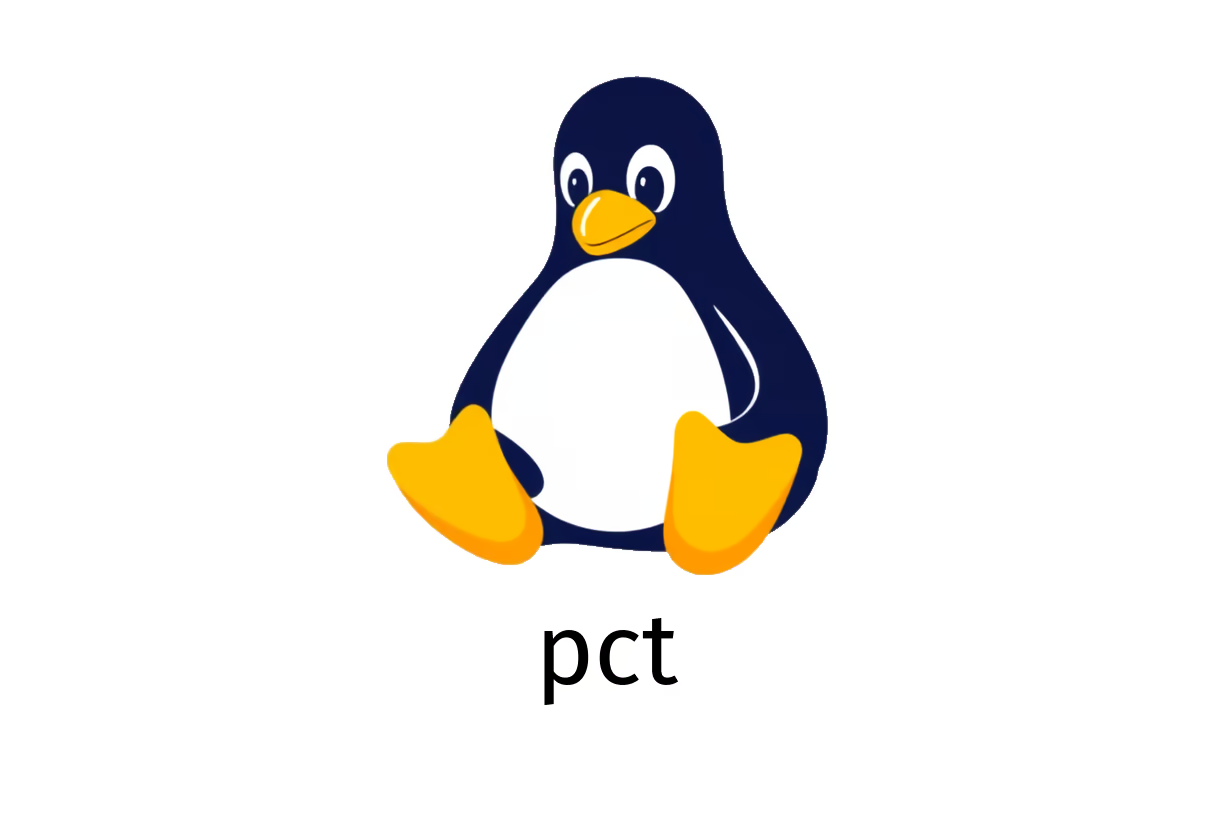
How to Manage LXC Containers with the pct Command in Proxmox
Managing LXC Containers with the pct Command in Proxmox
Proxmox Virtual Environment (PVE) provides a powerful command-line tool called pct that allows you to manage LXC (Linux Containers) efficiently. This guide will cover the most important commands to help you get started with container management in Proxmox.
Overview of pct
The pct command is a command-line utility designed specifically for managing LXC containers in Proxmox. With it, you can perform a variety of tasks, including creating, starting, stopping, and configuring containers.
For more detailed information, you can refer to the documentation here.
Key Commands
1. List All Containers
To view all your existing containers, use the following command:
pct listThis will display a list of containers along with their IDs and current statuses.
2. Start, Stop, or Reboot a Container
You can control the operational state of a specific container with these commands. Replace 100 with your container ID:
-
Start a container:
pct start 100 -
Stop a container:
pct stop 100 -
Reboot a container:
pct reboot 100
3. Access Container’s Shell
To enter the shell of a specific container for management or troubleshooting, use:
pct enter 1004. Create a Container from a Template
To create a new container from an existing template, you can run:
pct create 100 /var/lib/vz/template/cache/distro-name.tar.zst -hostname hostname -password password --rootfs local-lvm --on-bootMake sure to adjust the parameters such as the ID, distro name, hostname, and password as required.
5. Resize Container Disk
To resize the disk of a container (e.g., to 20 GB), use:
pct resize 100 rootfs 20GYou can replace rootfs with the appropriate mount point if needed.
6. Show Container Configuration
To display the configuration details of a specific container, use:
pct config 100This will provide you with information such as network settings, resources allocated, and more.
7. Snapshot a Container
To create a snapshot of a container for backup or recovery purposes, use the following command:
pct snapshot 100 my-snapshot --description "My snapshot description"This allows for easy restoration to a previous state.
8. Destroy a Container
To permanently delete a container and remove all related resources, execute:
pct destroy 100 --purgeThis operation is irreversible, so be certain you want to proceed.
Conclusion
The pct command is essential for managing LXC containers in Proxmox. From creating and configuring containers to handling snapshots and deletions, this command provides a robust set of tools for effective container management. For further reading and more advanced options, check out the Proxmox documentation. Happy container management!